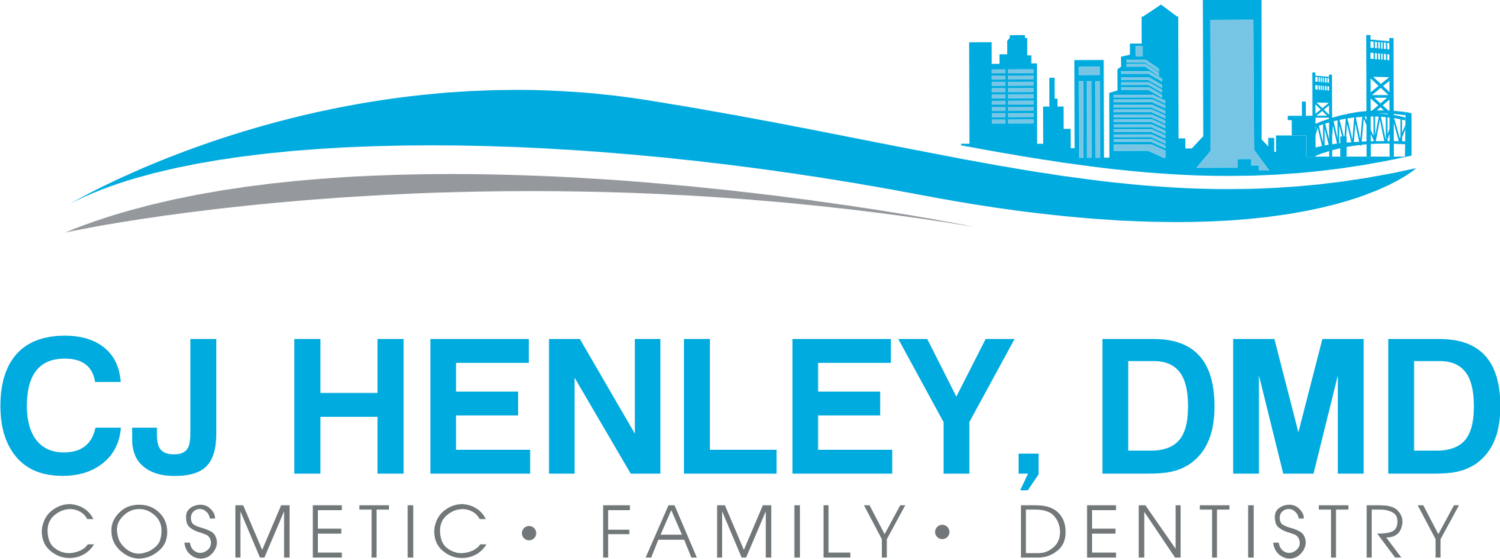Youth and adolescent sports participation has grown steadily over the years. It is estimated that 20 to 25 million youths participate in competitive sports. As a result of this growth in participation levels, incidence of injury has also increased. Some have reported sports to account for approximately 36% of all unintentional injuries to children and adolescents. Of those injuries, 10-20% of all sports related injuries are maxillofacial injuries according to the American Dental Association.
The National Youth Sports Foundation for Safety reports dental injuries as the most common type of orofacial injury sustained during sports participation. They contend that an athlete is 60 times more likely to sustain damage to the teeth when not wearing a protective mouthguard. Often times these injuries will result in permanent damage to oral structures which require medical intervention.
Types of Dental Injuries
Injuries to the teeth can be grouped in three different categories with care specific to each type.
Fracture
Can be classified as a root fracture, broken tooth or chipped tooth. If possible, stabilize portion of tooth still in mouth by gently biting on towel to control bleeding. Athlete and tooth fragments should be transported immediately to a dentist. Best methods of transport of the tooth are in Hank's Balanced Salt Solution, milk, saline soaked gauze, or under the athlete's tongue
Avulsion
Entire tooth, including root, knocked out. Do not handle tooth by the root (tooth should be handled by the crown). Do not brush, scrub, or sterilize tooth. If tooth is dirty, gently rinse with water. If possible, place tooth back in socket and have athlete gently bite down on towel. If unable to reimplant tooth, transport tooth with the athlete as described above to the dentist immediately
Luxation
Tooth in socket, but in wrong position.
Extruded Tooth- tooth appears longer than surrounding teeth.
Lateral Displacement- tooth pushed back or pulled forward
For extruded or laterally displaced teeth, provide the following care: The tooth will need to be repositioned in socket using firm finger pressure. This is best done by trained dental/medical personnel. Have the athlete gently bite down on a towel and transport immediately to a dentist
Intruded tooth - tooth looks short, pushed into gum
Do not attempt to reposition tooth. Transport athlete immediately to a dentist
It is important to remember time is critical when handling dental injuries. Do not allow the athlete to wait until the end of the game to seek treatment for a dental injury. Transport them to a dentist within 2 hours for the best outcomes.
Prevention of Dental Injuries
Dental injuries are easily prevented. Some experts recommend that mouthguards be worn by athletes in competitive and recreational sports in which impact, contact and collision are likely to occur.
The American Dental Association recommends wearing custom mouthguards for the following sports: acrobats, basketball, boxing, field hockey, football, gymnastics, handball, ice hockey, lacrosse, martial arts, racquetball, roller hockey, rugby, shot putting, skateboarding, skiing, skydiving, soccer, squash, surfing, volleyball, water polo, weightlifting, and wrestling. Other experts include baseball and softball infielders on that list. They further recommend the mouthguard to be worn during all practices and competition.
Selecting a Mouth Guard
There are three types of mouthguards:
Ready-made or stock mouthguard
Mouth-formed "boil and bite" mouthguard
Custom-made mouthguard (made by a dentist)
These mouthguards vary in price and comfort, yet all provide some protection. According to the American Dental Association, the most effective mouthguard should be comfortable, resistant to tearing, and resilient. A mouthguard should fit properly, be durable, easily cleaned, and not restrict speech or breathing.
It is important to remember damaged teeth do not grow back. Protect that perfect smile - wear a mouthguard.
Nationwide Children’s Hospital Sports Medicine specializes in diagnosing and treating sports-related injuries in youth, adolescent, and collegiate athletes. Services are available in multiple locations throughout central Ohio. To make an appointment, call 614-355-6000 or request an appointment online.

